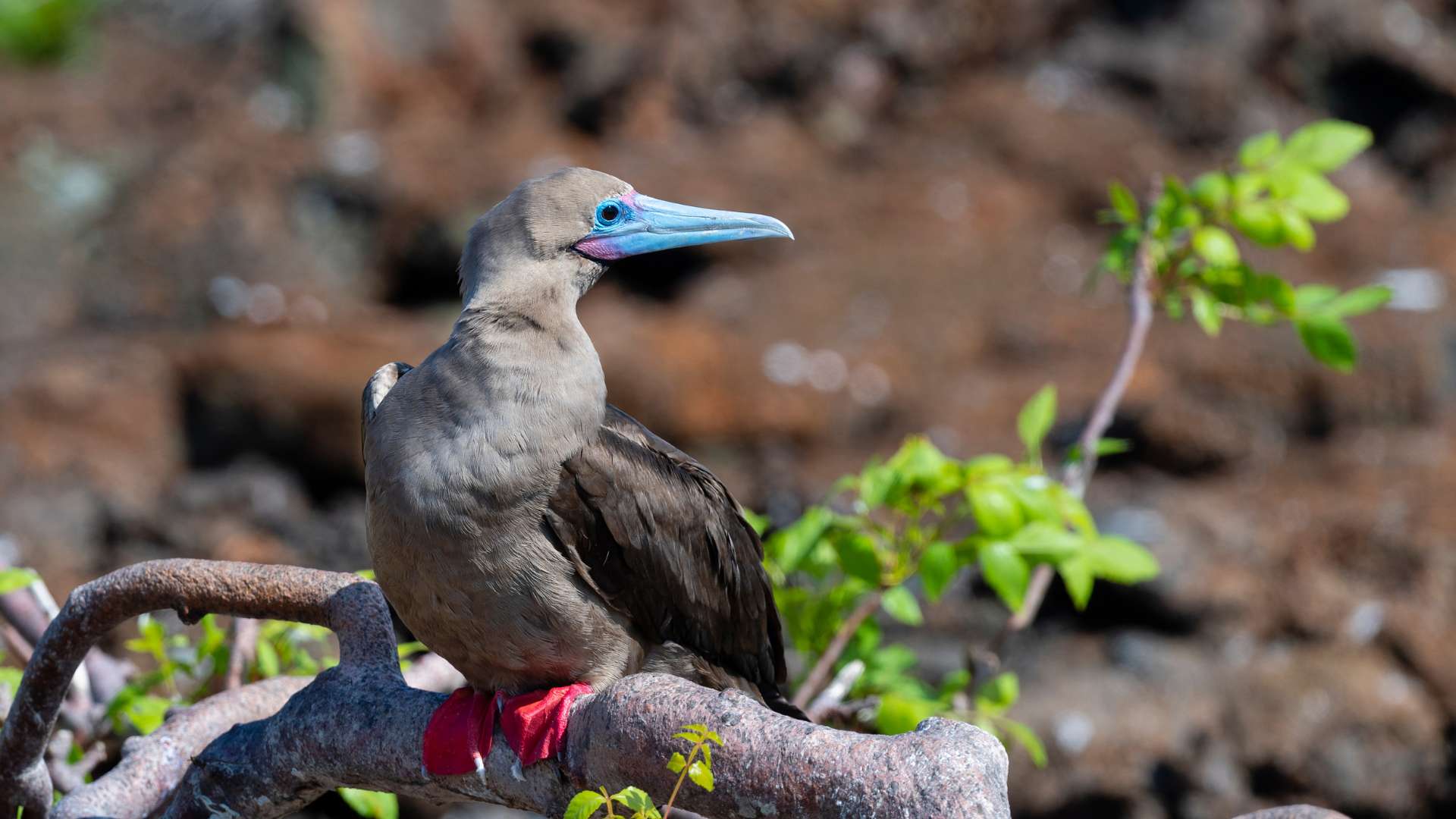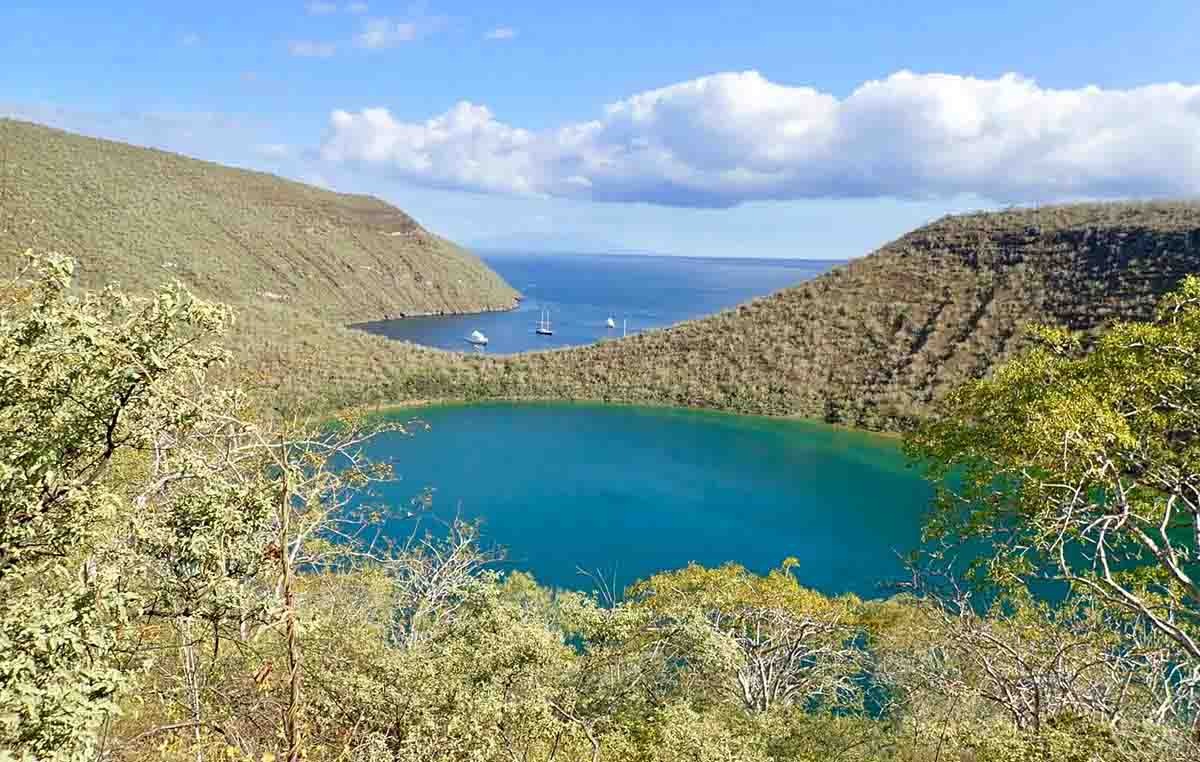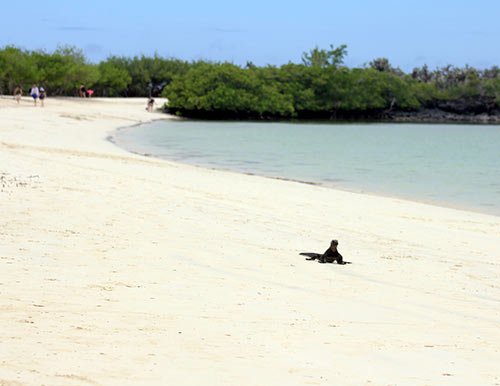Imagine yourself cruising the Enchanted Galapagos on a luxurious Motor Vessel, enjoying the wonderful views and the sea breeze from the ample sundeck. A short but rewarding 8-day cruise will take you to Genovesa Island, where you can see the wonders only Galapagos has to offer.
Day by day
Map

Preview

Preview

Preview
Cruise Includes
All programed visits as per itinerary with specialized naturalist bilingual guide
Accommodation in twin/double cabin with private facilities
Cruise Fuel Surcharge
All meals on board, drinking purified water, coffee and tea
Snorkeling equipment (fins, mask & snorkel) & sea-kayaks
Transfers within the islands on cruise dates as per itinerary
Personalized 24/7 assistance during tour.
Cruise does not include
Airfare to/from Galapagos from/to Mainland Ecuador (to be added)
Galapagos National Park Entrance Fee US $200 per person (in cash only upon arrival)
Galapagos Migration Card US$20 in cash per person (at Mainland’s Airport)
Alcoholic/soft drinks, personal expenses, extras, and tips
All sized Wet-suits for rent on board
Travel, medical & cancelation Insurance and any services on Mainland
Other services not specified in the program.
Highlights
See the famous Galapagos Tortoises in semi-wild state at an important Breeding Center in the Highlands of Santa Cruz.
Spot amazing birdlife at Genovesa including red-footed & Nazca Boobies, Galapagos Hawks and more.
Walk along the trails of Dragon Hill to encounter endemic Land Iguanas, Darwin’s Finches and more.
Snorkel with playful and curious Sea-lions and a variety of tropical fish.
Enjoy excellent cuisine at al-fresco dinning.

Preview
From USD 4292,00 Per person
Enquire now
Departure Dates
| Dates | Itinerary | Duration | |
|---|---|---|---|
No data | |||